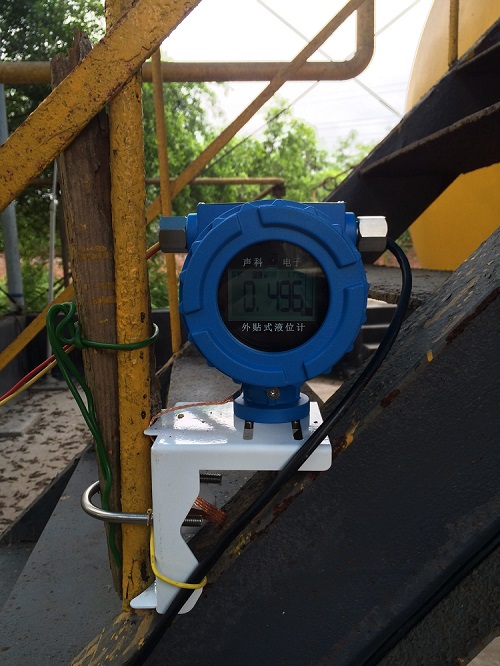There are various types of storage tanks, including spherical tanks, horizontal tanks, vertical tanks, etc., and their capacities vary. In the storage medium, there are residue oil and crude oil with high viscosity and poor fluidity, liquefied olefins with low dielectric constant, and strong corrosive acidic substances. Measuring instruments that are frequently used to measure the liquid level of storage tanks in petrochemical enterprises include flange level sensors and radar level transmitters.

Flange type liquid level sensor
The main principle of single flange liquid level sensor for liquid level measurement is based on the positive correlation between the height of the liquid and the liquid level. The height of the liquid level is observed by means of pressure, and the relationship between the medium and the height of the liquid is The correlation is tight, but the density will keep changing with temperature, changing the liquid level. Pressurized storage tanks are not suitable for single-flange liquid level gauges. The sum of the liquid pressure and the pressure inside the tank is the pressure at the bottom of the tank, but a single-flange level transmitter cannot accurately identify the cause of the height change. At this time, a double-flange liquid level gauge can be used to select the gas phase space position on the top of the storage tank to set up a pressure tap, and use the pressure between the two pressure taps to judge the height of the liquid level. The price of single and double flange liquid level gauges is obviously low, and this kind of liquid level sensor can be used for storage tanks with relatively low requirements for liquid level measurement. In addition, any type of single or double flange level gauge has better adaptability in viscous, easy to crystallize, corrosive and highly toxic media.
2. Radar level transmitter
The working principle of the radar level transmitter is to emit electromagnetic waves through the radar, and the electromagnetic waves are reflected back from the surface of the measured object and received by the antenna. At this stage, the frequency-modulated continuous wave (FMCW) is very popular in the application of radar level gauges, that is, the frequency that is linearly changed within a fixed period of time is emitted. In view of the fact that the transmission speed of electromagnetic waves is constant, when calculating the liquid level distance D of the tank, it can be realized only by measuring the time of transmitting a certain frequency and receiving the frequency. After determining the height H of the tank, the internal software of the radar level sensor can scientifically and accurately obtain the liquid level height L, that is, the difference between the height of the tank and the distance between the liquid level and the height of the tank. Pay attention to the dielectric constant when choosing a radar level meter. The actual measurement effect of the radar level gauge is obviously affected by the dielectric constant value of the medium. Non-contact is the main way for radar level gauges to measure. The density, viscosity and corrosiveness of the medium have a significant impact on it. Therefore, reliable installation is indispensable to ensure the accuracy of radar level gauge measurement results. In order to effectively avoid and reduce liquid level fluctuations or other interference, it is necessary to install a radar waveguide in the storage tank so that radar waves can be transmitted through the waveguide.
In summary, the two liquid level sensors have their own advantages, disadvantages, characteristics and scope of application, etc., and the more practical liquid level gauge should be selected based on the application occasion, medium, specific process conditions, and liquid level design characteristics to ensure Measurement accuracy and safe and stable operation of the device.

 CN
CN


